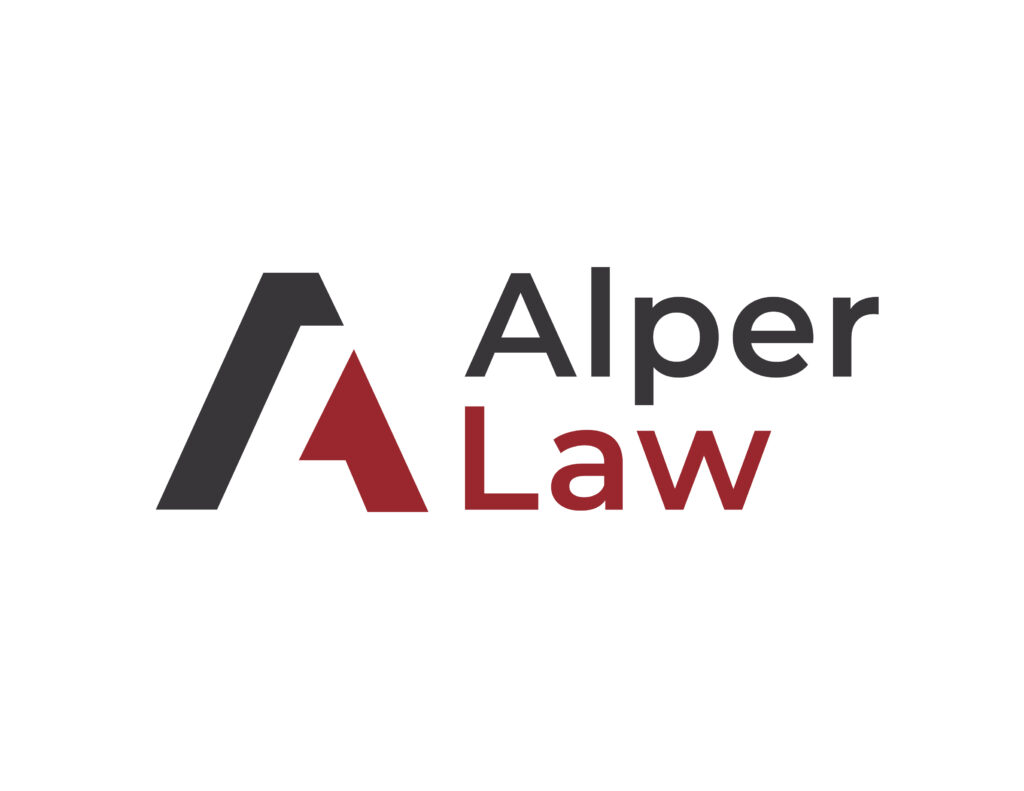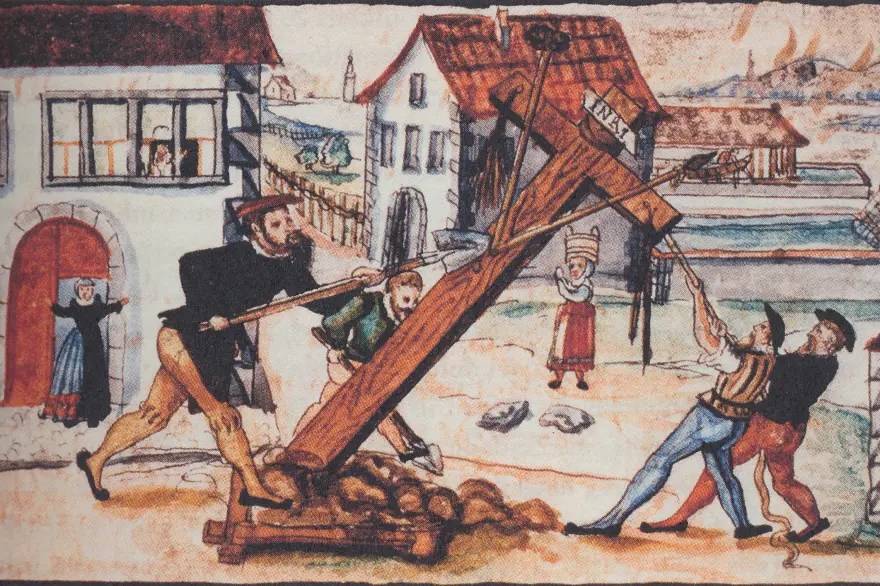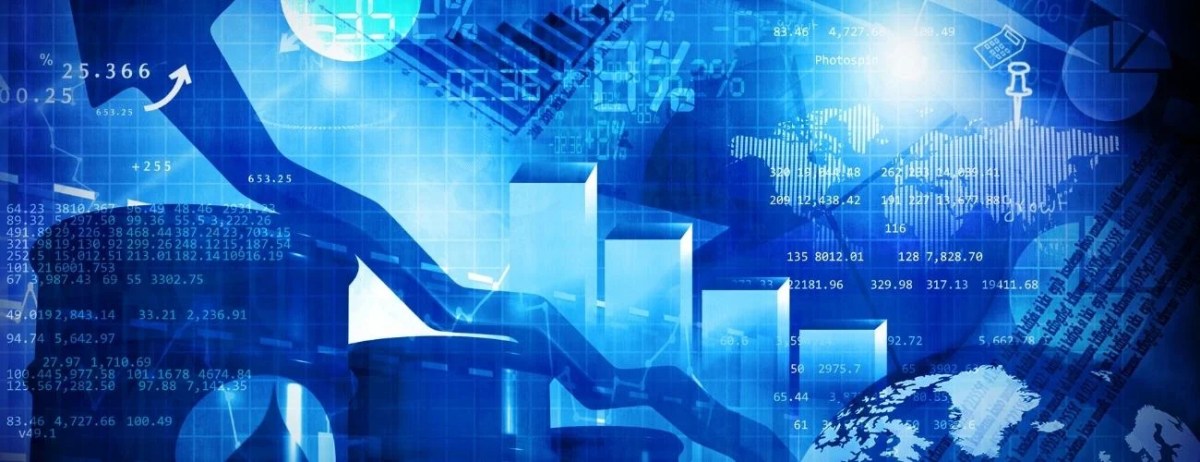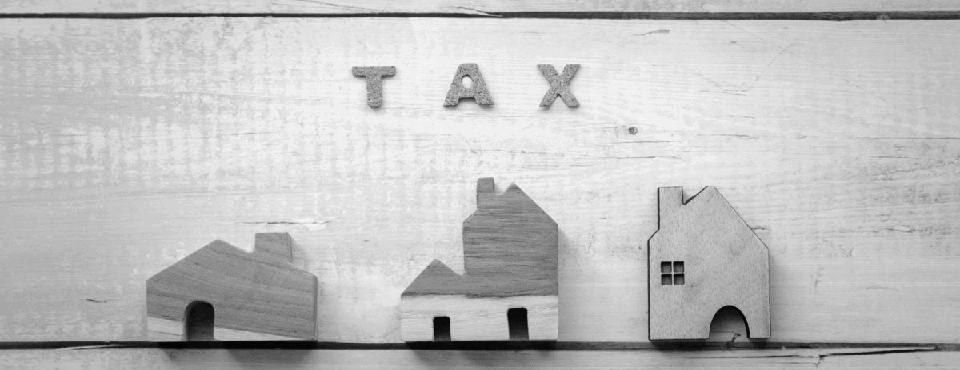The year 2025 will be the third consecutive year in which the Brazilian economy experiences sustained growth. During the first two years of his administration, economic expansion was above 3% annually, while the outlook for 2025 is for a slowdown: 2.4%, according to IPEA, one of Brazil’s leading state economic analysis agencies.
Since June-July 2024, during the U.S. presidential election and with the possibility of Trump being re-elected, Brazil, like other emerging economies, faced devaluation pressures. This led to higher inflation due to rising exchange rates and supply shocks caused by climate issues. These issues have reduced the food supply (mainly coffee, eggs, and beans), causing prices to rise.
This macroeconomic instability scenario was reloaded by the Trump-driven trade war, particularly when the 50% tariff on purchases from Brazil was announced under a mix of arguments between commercial (trade deficit), political (preventing Bolsonaro from being judged for an attempted coup d’état and US bigtech’s regulation), and geopolitical (the advance of the BRICS on a possible replacement of the dollar in commercial relationships).
What was the response in terms of economic policy? The institutionalization of the inflation target led to an increase in the SELIC interest rate from 10.75% in September 2024 to 15% in June 2025, the highest level since 2006. The orthodox argument suggests that raising interest rates reduces the money supply, curbing aggregate demand and reducing inflation. From another perspective, raising interest rates promotes carry trade, which attracts foreign capital through the capital account and allows the exchange rate to appreciate. In this way, the economy partially protects itself from speculative capital outflows and reduces the prices of imports and exports, thus decreasing the inflation.
In contrast, a sharp rise in interest rates deepens the pernicious effects of financialization: it impoverishes indebted families and concentrates income. Are there any other alternatives available? The economic toolbox offers other options. Many observers have noted a striking characteristic of Lula’s third administration: the absence of open confrontation with Brazil’s powerful financial sector. This is no coincidence. The painful lessons of Dilma Rousseff’s presidency (2011-2016) and her impeachment weigh heavily on current political calculations.
To understand this, we need to analyze the historical lesson of Rousseff’s removal, its macroeconomic causes, and how this experience has limited economic policy options.
On Dilma Rousseff’s impeachment lessons
Dilma’s presidencies (2011–2016) were interrupted by what many analysts—including myself—consider a parliamentary coup. The formal justification for her removal from office was the use of financial resources from decentralized public entities (with fiscal surpluses) to pay for central government expenses (a fiscal deficit)—essentially, a financial maneuver to ensure the continuity of state expenditures. Ironically, a few months later, Congress approved a law that allowed up to 15% of similar transfers.
While this was a legal argument, the political environment was shaped by broader narratives of corruption surrounding the Workers’ Party (PT). Scandals such as the mensalão, the misuse of Petrobras funds, and eventually the Lava Jato operation led by judge Sérgio Moro (which gained international visibility) all created fertile terrain for political destabilization. The economic slowdown also contributed to Dilma’s declining popularity and created an opening for her opponents to press for her removal shortly after she won re-election.
While the present government has not directly challenged financial capital as Dilma once attempted, perhaps we could draw a line connecting the lessons of her government to the current dilemmas of the Lula government.
Dilma’s first administration (2011-2014) faced direct conflict with the financial banking sector. She attempted to lower interest rates from 12.5% to 7% to reduce financing costs and encourage productive capital. However, when commodity prices fell internationally in 2012, this led to reduced capital inflows and a depreciation of the exchange rate (1,69 to 2,03 BRL/USD in a six-month period). Alongside the deregulation of the electrical system, this caused inflation to increase from 6.0% to 7.3% (IBGE).
The increased inflation created widespread discontent and raised doubts about the economic viability of the Workers’ Party’s political projects. The response was to increase the interest rate from 7.25% to 11%, which benefited the financial banking sector and led to fiscal cuts. As lowering the interest rate failed, a new economic plan was introduced to boost (private) investment by giving tax breaks to certain industries. This caused a significant drop in tax revenue, leading to cuts in public spending. As a result, overall demand fell, and private investments did not increase, as expected. There was no expected substitution between public and private investment.
The severe economic crisis increased, with GDP dropping by six points between 2015 and 2016. The crisis worsened Dilma’s reputation and gave the opposition in Congress the opportunity to push for impeachment using false claims, which they did.
Lula 3.0: Strategic trade-off or missed opportunity?
Learning from past experiences, Lula’s new government decided not to confront the financial banking sector or reduce the Central Bank’s interest rate. Instead, they maintained the institution’s independence in monetary policy and partially revived the social agenda based on Lula’s first two terms.
First, they encouraged gradual increases in the minimum wage to boost economic growth and improve income distribution. Second, they renegotiated family debt to ease financial burdens by rescheduling and reducing the debt amounts. Third, they relaunched the housing program, Minha Casa Minha Vida, with subsidized interest rates, which led to a 15% increase in contracts at the beginning of 2025.
Public spending management deserves separate consideration. On the one hand, the institutional framework of fiscal rules was maintained, initially with the spending ceiling inherited from Michel Temer’s administration and its reformulation through the New Fiscal Regime (Novo Arcabouço Fiscal), which allows for spending expansion of up to 2.5% annually to consolidate fiscal balance in the medium term. In parallel, several parliamentary amendments were approved to overcome these limits, notably the transitional reform that enabled the reinstatement of the Bolsa Família program and the relief spending package for Rio Grande do Sul due to major floods in 2024. The first two years of administration involved a 5% increase. However, a significant contingency and spending freeze is expected for 2025: approximately $2 billion (0.1% of GDP).
From 2023 to 2024, household consumption and exports were the main drivers of Brazil’s economic growth. Gross capital formation (investments) only began to increase in the final quarter of 2024 and fell again in the second quarter of 2025 (IBGE, 2025). Ultimately, it is unclear whether these fragmented factors will ensure continued growth in the future. Rising interest rates are expected to slow economic growth to less than 3%, possibly close to 2%, with the sole objective of containing inflation. However, it remains unclear whether these factors ensure continuous growth in the long term. The increase in interest rates is expected to slow economic growth to less than 3%, possibly even below 2%, to reduce inflation.
As inflation is not always caused by higher demand, there is debate on whether this will work. Higher interest rates can strengthen the currency, which may lower the cost of imported goods and ease inflationary pressure. However, environmental issues continue to cause supply problems, and maintaining high interest rates incurs social costs. First, private investments decrease because borrowing becomes too expensive, and public investment through SOEs, such as Petrobras, would not be enough to stimulate aggregate demand. Second, higher interest rates increase government bond returns. More public money is allocated to bondholders, leading to regressive income distribution.
The New Fiscal Scheme (NFS) limits public spending by 2.5% per year and does not provide significant room for large-scale projects such as the Growth Acceleration Program (PAC) initiated after the 2008 financial crisis. The only way to create additional fiscal space is through tax increases. As taxing billionaires has not been completely successful, no public investment will be encouraged, and more public money will be in the hands of the wealthiest Brazilian families.
The current debate within the Workers’ Party is about the success of its economic plans. On the one hand, they choose not to challenge the financial banking system and its usual beneficiaries. However, they ignored the social demands for more public spending on education, infrastructure, health, and social rights. These issues have long been present in Brazilian democracy, particularly for the most disadvantaged groups.
Lula, Brazilian economy and democratic perspectives
With elections approaching the following year, the question is whether the Workers’ Party government can sustain its political project. Although unemployment is historically low, the achievements of Lula’s third term remain uncertain. Although there has been slight economic growth and income improvement, deep social transformation goals remain unfulfilled.
Trump’s presidency has created international instability and has fostered the approach of Brazil to the BRICS. In this sense, the unilateral imposition of 50% tariffs has been considered a direct attack by dominant nationalist sectors, which has resulted in unexpected support for Lula (particularly, large financial and banking conglomerates). However, this support is likely to be diluted by 2026.
In a previous article, we outlined three possible scenarios for 2026 (link).
- Lula’s continuum: This scenario envisions a continued mandate for Lula or a successor, enabling deeper transformations that significantly enhance the masses’ quality of life. However, economic results would ideally follow a path of gradual improvement, partially satisfying the basis of popular support.
- Great political moderation. In this scenario, the outcome of Lula’s third term fell short of maintaining popular support. This could create a political space for conservative sectors to promote a candidate from the economic and financial establishment that is not necessarily linked to the ultra-right or Bolsonaro movement.
- Polarization and Discontent: This scenario posits a complete disagreement with the results of Lula’s third term, leading to increased polarization between PT’s ideological supporters and a new leadership emerging from the extreme right, possibly figures such as São Paulo Governor Tarcísio de Freitas or members of Jair Bolsonaro’s family.
After Bolsonaro sentenced to 27 years in prison, the involvement of part of the military leadership in the attempted coup d’état, and the Trump effect, the economic and political results seem to be heading towards a bifurcation between scenarios 1 and 2. Recent history reminds us of how quickly unexpected shocks— geopolitical, climatic, or domestic—can alter this picture.
Sergio Martin Páez is a Professor of Macroeconomics and Economic Development at the Institute of Urban and Regional Research and Planning (UFRJ-Brazil). Postdoctoral researcher at the same university with financial support from FAPERJ.
Publisher: Source link











